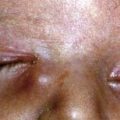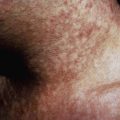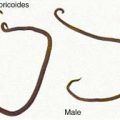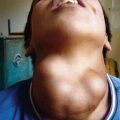Chapter 200 Legionella
Abernathy-Carver KJ, Fan LL, Bogunciewicz M, et al. Legionella and Pneumocystis pneumonias in asthmatic children on high doses of systemic steroids. Pediatr Pulmonol. 1994;18:135-138.
Campins M, Ferrer A, Callís L, et al. Nosocomial Legionnaire’s disease in a children’s hospital. Pediatr Infect Dis J. 2000;19:228-234.
Edelstein PH, Cinaciotto N. Legionella. In Mandell GL, Bennett JE, Dolin R, editors: Principles and practice of infectious diseases, ed 6, Philadelphia: Elsevier, 2005.
Famiglietti RF, Bakerman PR, Saubolle MA, et al. Cavitary legionellosis in two immunocompetent infants. Pediatrics. 1997;99:899-903.
Gervaix A, Beghetti M, Rimensberger P, et al. Bullous emphysema after Legionella pneumonia in a two-year-old. Pediatr Infect Dis J. 2000;19:86-87.
Goldberg DJ, Emslie JA, Fallon RJ, et al. Pontiac fever in children. Pediatr Infect Dis J. 1992;11:240-241.
Jones TF, Benson RF, Brown EW, et al. Epidemiologic investigation of a restaurant-associated outbreak of Pontiac fever. Clin Infect Dis. 2003;37:1292-1297.
Knirsch CA, Jakob K, Schoonmaker D, et al. An outbreak of Legionella micdadei pneumonia in transplant patients: evaluation, molecular epidemiology, and control. Am J Med. 2000;108:290-295.
Levy I, Rubin LG. Legionella pneumonia in neonates: a literature review. J Perinatol. 1998;18:287-290.
Luttichau HR, Vinther C, Uldum SA, et al. An outbreak of Pontiac fever among children following use of a whirlpool. Clin Infect Dis. 1998;26:1374-1378.
Neil K, Berkelman R. Increasing incidence of Legionellosis in the United States, 1990–2005: changing epidemiologic trends. Clin Infect Dis. 2008;47:591-599.
Sabria M, Pedro-Botet ML, Gomez J, et al. Fluoroquinolones vs macrolides in the treatment of Legionnaires disease. Chest. 2005;128:1401-1405.






